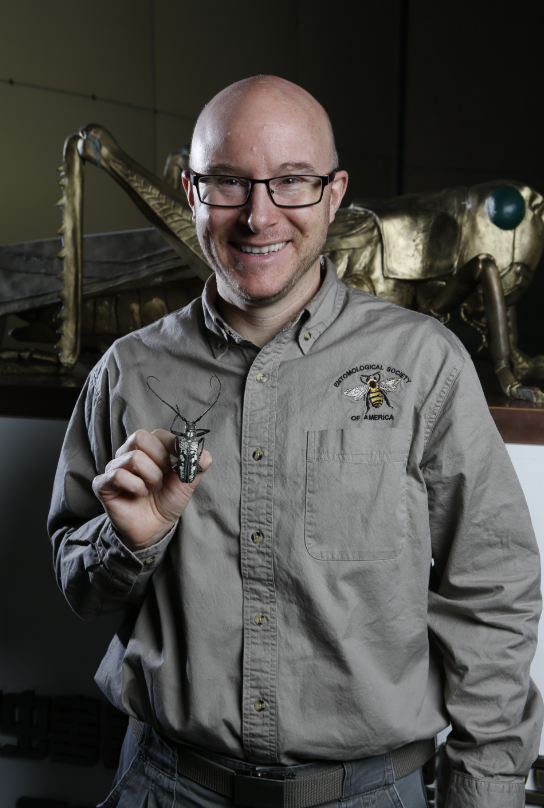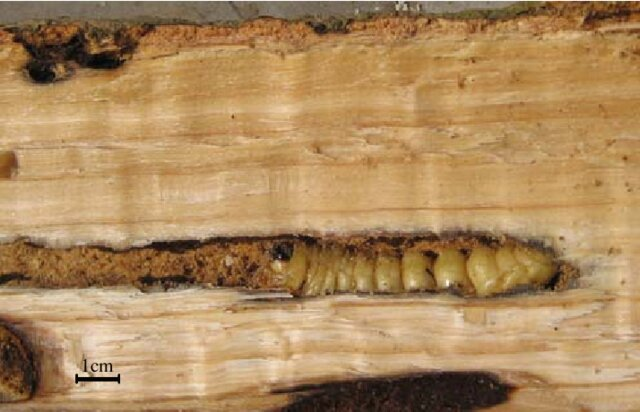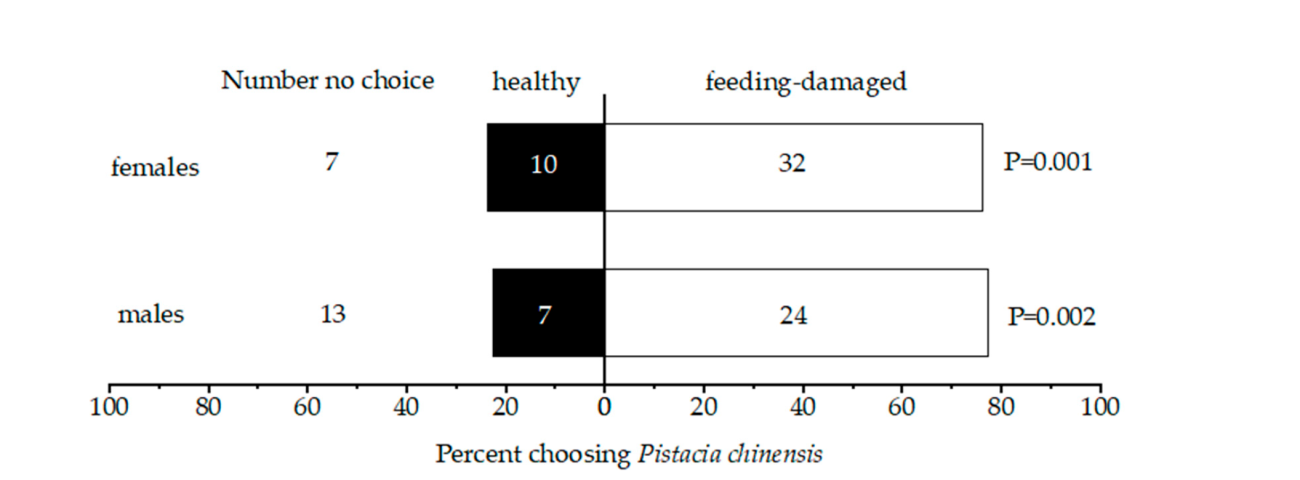Longhorned beetles Batocera horsfieldi (Hope, 1839) (Coleoptera: Cerambycidae) are an important pest of woody plants in China. This beetle is mainly distributed in China, Vietnam, Japan and India, where its larvae infect almost 100 species of trees, including walnut (Juglons) and other important walnut trees, but it is thought to have the potential to become an invasive species because its larvae feed secretly under the bark and are easily transported in wood materials.

These beetles have a sensitive olfactory system, which is necessary for finding a host tree and breeding pair. The development of specialized and complex olfactory systems has allowed these insects to become significantly more aware of their environment, as they are able to detect and distinguish volatile substances that play a key role in behaviors such as searching for food, finding a host, mating and laying eggs. In connection with this feature, special effective attractants are used to catch these insects, detect them in nature and study them. The availability of effective attractants for their mass collection may also reduce the use of insecticides to control this and other species.

The aim of our study was to investigate attractive compounds in plant hosts for the longhorned beetle Batocera horsfieldi. In a paper published in the journal Insects, we uncovered a potential olfactory mechanism underlying host selection in the Chinese pistachio (Pistacia chinensis).
Using Chinese pistachio trees, we performed two bioassays using 10 adult pairs (indoor, darkroom, and cage) on adult feeding-damaged plants and intact control plants. Volatiles from these plants were then collected and identified, and the antennal responses of adult insects to these compounds were tested using electroantennography (EAG). Finally, the behavioral responses of B. horsfieldi to these compounds were assessed using a Y-tube olfactometer (maze).

Electroantennography, a method that uses the antennae of living insects as a living detector, identified 15 electrophysiologically active compounds, many of which were also produced in abundance in the study of damaged plants.
Host choice tests showed that B. horsfieldi prefers feed-damaged P. chinensis to healthy trees. Damaged plants release a lot of these volatiles, so beetles can use such emissions from damaged food plants to find them, as well as to find mates who are also attracted to these substances. We identified several terpenes, namely (Z)-3-hexen-1-ol, β-ocimene, 3-carene and α-phellandrene, that attract already mated females, and two compounds, (Z)-3-hexen-1- ol and α-phellandrene, which attract males in olfactometric assays using the Y-maze. At the same time, the D-compound limonene-1, also produced by the plant, repelled both males and females, and adults of both sexes avoided its consumption. The response to volatile compounds increased in a dose-dependent manner. Biological feeding assays showed that (Z)-3-hexen-1-ol and β-ocimene can promote feeding in B. horsfieldi and that D-limonene inhibits this response. These results could provide a theoretical basis for the development of attractants or repellents for B. horsfieldi.
Fan, J.; Zheng, K.; Xie, P.; Dong, Y.; Gu, Y.;Wickham, J.D. Electrophysiological and Behavioral Responses of Batocera horsfieldi Hope to Volatiles from Pistacia chinensis Bunge. Insects 2023, 14, 911. https://doi.org/10.3390/insects14120911
